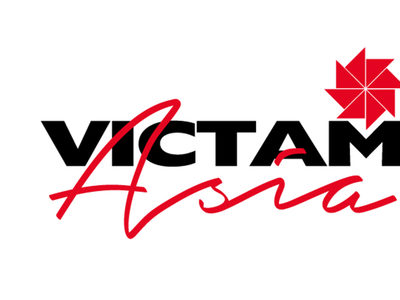WASHINGTON, D.C., U.S. — The National Grain and Feed Association (NGFA) on Oct. 10 voiced support for the Surface Transportation Board’s (STB) decision to require expanded weekly public reporting of rail service performance - including for the first time for nonagricultural products - and to extend the reporting requirement to all Class I railroads.
Previously, the STB had required weekly reporting of a more limited set of rail service performance metrics only to the BNSF and Canadian Pacific Railways, and only for grain (and to fertilizer for a period earlier during the spring and early summer). The new STB order also expands the scope and granularity of service metrics that all Class I railroads now will be required to report, and applies many of the reporting requirements to encompass coal, crude oil, ethanol, automotive, intermodal and manifest traffic. Railroads are required to start reporting the newly expanded weekly service performance metrics on Oct. 22.
In statements submitted previously to the STB - dating to the agency's original public meeting on rail service issues conducted in April - the NGFA had said that additional rail service performance metrics were important to rail users so they could better plan logistics and business operations in an effort to meet customer needs to the extent possible during the current extended period of severe service disruptions.
In its decision [Docket No. EP 724 (Sub. No.-3)], the STB wrote that it "agrees (with rail users that) there is a need for broader standardized performance data from the railroad industry as it continues to address existing service challenges (and) that it is necessary to apply these reporting requirements to all of the Class I carriers" given the interconnectedness of the national rail network and service problems experienced in the East and other regions.
"The new reporting requirements will give the agency and stakeholders access to data needed for real-time understanding of regional and national service issues," the STB decision stated.
"We're under no illusions that increased public reporting of rail service performance data is a magic elixir that will resolve rail service and overall transportation capacity problems," said NGFA President Randy Gordon. "But we're pleased that the STB has recognized the importance of these metrics to rail users in all parts of the country as they try to cope as best they can with the current disruptions, including those in the Eastern United States, and the associated escalating costs being incurred by shippers and their farmer-customers. Some carriers are performing better than others when it comes to communications with their rail shipper customers, and applying these additional reporting requirements across-the-board to all Class I railroads will assist those who have not been receiving much information. Further, we believe that public reporting of these data will help keep the spotlight on the importance of restoring service to acceptable levels."
Specifically, the STB order requires weekly reporting of the following rail service metrics:
• System-average train speeds for grain, intermodal, coal, automotive, crude oil, ethanol, manifest and a category for "all other" traffic.
• Weekly average terminal dwell times (in hours) - excluding cars on run-through trains transiting terminals - for the carrier's system and its 10 largest terminals (as measured by car capacity).
• Total cars on the carrier's line, by type (e.g., covered hoppers, intermodal, tank cars, etc.)
• Weekly average dwell times at origin for unit train shipments for grain, coal, automotive, crude oil, ethanol and all other unit trains.
• Weekly total number of trains held short of destination or scheduled interchange for longer than six hours, again based upon train types (e.g., grain, coal, automotive, intermodal, crude oil, ethanol and all other products).
• Weekly total number of loaded and empty cars in revenue service that have not "moved" in: 1) more than 120 hours); and 2) more than 48 hours but less than or equal to 120 hours - again, sorted by train types (grain, coal, automotive, intermodal, crude oil, ethanol and all other products). The term "moved" refers to the train movement or a spot or pull from a customer location.
• Weekly total number of grain cars loaded and billed, by state, aggregated by commodity (e.g., corn, soybeans, wheat, etc.). This reporting is to include cars in shuttle service, dedicated train service, reservation, lottery, open and other ordering systems, and private cars. The STB also is requiring reporting of total cars loaded and billed in shuttle (or dedicated train) service versus all other ordering systems (including private cars). Reporting on grain cars also is to include metrics - by commodity and state - comparing week-to-week performance on outstanding car orders, average number of days late, new car orders received, number of car orders filled and number of orders canceled by the shipper and railroad.
• Planned versus actual performance for grain shuttle or dedicated grain train round trips, by region, updated to reflect the previous four weeks.
• Average daily coal unit train loadings versus planned loadings, by coal-production region.
Importantly, the STB's order also requires collaborative reporting of detailed rail service metrics specific to the congestion at the Chicago terminal hub by the six Class I carriers operating at the Chicago gateway - BNSF, Union Pacific, CSXT, Norfolk Southern, Canadian Pacific and Canadian National. Reporting of the metrics for the Chicago terminal also is required starting Oct. 22.





